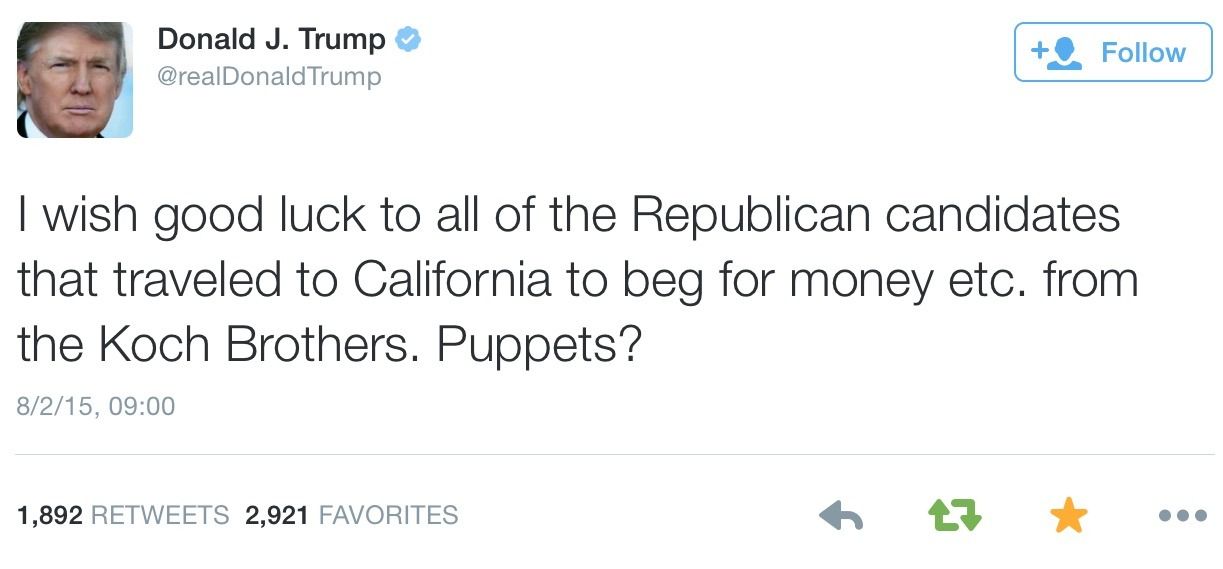The Democratic Governors Association is creating a fund dedicated to winning races in states where governors have some control over congressional redistricting, the party’s first step in a long-range campaign to make control of the House more competitive.
Billed as “Unrig the Map,” the effort will target 18 of the 35 states in which governors play a role in redistricting, and where new congressional maps could allow Democrats to win House seats that are now drawn in a way to favor Republicans. The fund will be used for governors’ races over the next five years, leading up to the 2020 census.
Democratic officials said that they hoped to raise “tens of millions” for the effort and that they believed they could gain as many as 44 House seats if lines were more favorably redrawn in the 18 battleground states. Many of those states still have Republican-controlled legislatures, but with Democratic governors in place they could at least veto the next round of congressional maps and send the disputes to the courts.
The fund-raising effort is to be overseen by Gov. Terry McAuliffe of Virginia and Stephanie Schriock, the president of Emily’s List, a group that works to elect Democratic women who support abortion rights.
Even if a Democrat like Hillary Rodham Clinton captures the White House, Mr. McAuliffe said in an interview, it will be difficult for her as president to move an ambitious agenda through a House that is still likely to be controlled by Republicans.
“We’re going to tie this to the presidential campaign because the next president will need more Democratic members of Congress to work with her to get things done,” said Mr. McAuliffe, a former Democratic National Committee chairman and a longtime friend of the Clintons.
The push is rooted in the 2010 elections, which were devastating to Democrats not only because they suffered deep losses but also because Republican victories in governors’ races and gains the party made in controlling state legislatures that year enabled Republicans to dominate redistricting in many states, achieving what could be a decade-long hold on the House.
“What we saw in 2010 was a wave election,” said Ms. Schriock, referring to Democratic losses, “at the absolutely worst time.”
Two years later, Democrats won over a million more votes in House races than Republicans but still could not reclaim a majority, in part because of Republican-led redistricting.
Gerrymandering is not entirely to blame for Democrats’ House woes. The shift to Republicans among voters in much of the South and parts of the Midwest and Mountain West, along with Democratic votes being concentrated in urban areas, have also made most House races tougher for Democrats.
But Democrats have also been badly outplayed and outspent in the battle for statehouses. Both parties operate networks of political committees intended to channel national money into governor and state legislative races. But the Republican version is far better financed: The Republican Governors Association, for example, spent $170 million during the 2014 cycle, compared with $98 million for the Democratic Governors Association.
Democratic governors and strategists have often complained that their donors are too focused on more glamorous presidential and Senate races, while Republicans have been pouring money into state-level contests.
But Mr. McAuliffe acknowledged that the Democrats had not pushed their donors enough, either. “This effort is the first time the party has really taken a serious effort at winning these races,” he said.
Peter Emerson, a leading Democratic donor in New York who said he would raise in the “seven figures” for the fund, acknowledged that he wished “the clarion call had come earlier.”
“We’re late to the game, but we don’t have to come up with a new strategy — we just have to adapt to their strategy,” he said of Republicans.



